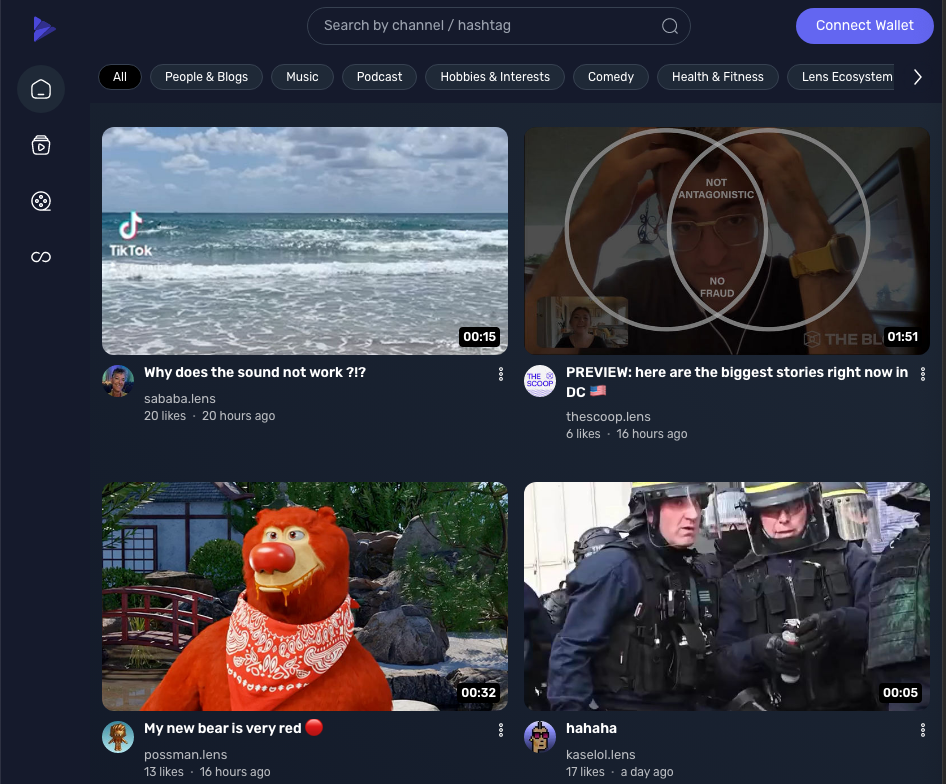Lenstube Is A Decentralized video-sharing social media platform
Table of Content

What is Lenstube?
Lenstube is a video-sharing social media platform that operates on a fully decentralized, open-source infrastructure, which means that it is built with the idea of transparency and user autonomy in mind. The platform is built using the Lens Protocol, which is specifically designed to provide users with a more secure environment to share their videos. The use of TypeScript and Turbo, a single-page web application framework, ensures that the platform is fast, efficient, and easy to use.
In terms of its features, Lenstube is similar to YouTube.com, but it provides better data control and more privacy. Unlike YouTube, Lenstube does not track user data or use it for advertising purposes. Instead, users have complete control over their data and can choose to share their videos with others on the platform or keep them private.
In addition to its features, Lenstube has also established a strong community of users who are passionate about the platform and its mission. The platform is constantly evolving and improving, with new features and updates being added on a regular basis. Overall, Lenstube is a great choice for anyone who is looking for a secure and user-friendly video-sharing platform.
Features
- Responsive design
- User-friendly interface
- Upload large video files
- Does not track you, or record your activities
- Full-text search
- Supports channels
- Organize videos by hashtags
- Connect to crypt wallets
- Easy subscription management
What is Lens Protocol?
Lens Protocol is a decentralized protocol that enables users to create, manage, and trade synthetic assets. These synthetic assets are digital representations of real-world assets such as stocks, commodities, cryptocurrencies, and more. The protocol uses Price Discovery Mechanisms to ensure that the value of these synthetic assets always reflects the price of the underlying asset accurately.
Lens Protocol is built on the Ethereum blockchain and is governed by the LENS token holders. The protocol uses smart contracts to automate the creation and management of synthetic assets, reducing the need for intermediaries and increasing transparency.
Lens Protocol Ecosystem Components
The Lens Protocol ecosystem consists of three main components:
1. Lens Studio
Lens Studio is a web-based application that allows users to create and manage synthetic assets. Users can create custom assets or use existing templates to create assets that track the price of real-world assets.
2. Lens Exchange
Lens Exchange is a decentralized exchange that enables users to trade synthetic assets. The exchange is powered by an automated market maker that ensures liquidity and price accuracy.
3. Lens Analytics
Lens Analytics provides users with real-time data and analytics on synthetic assets. Users can access data on prices, trading volume, liquidity, and more.
In summary, Lens Protocol is an innovative-decentralized protocol that allows users to create, manage and trade synthetic assets. The protocol is built on the Ethereum blockchain and uses smart contracts to automate asset creation and management. With Lens Protocol, users can access a decentralized exchange and real-time analytics to trade synthetic assets accurately and transparently.
License
Lens Protocol is release under the GPL-3.0 License.











